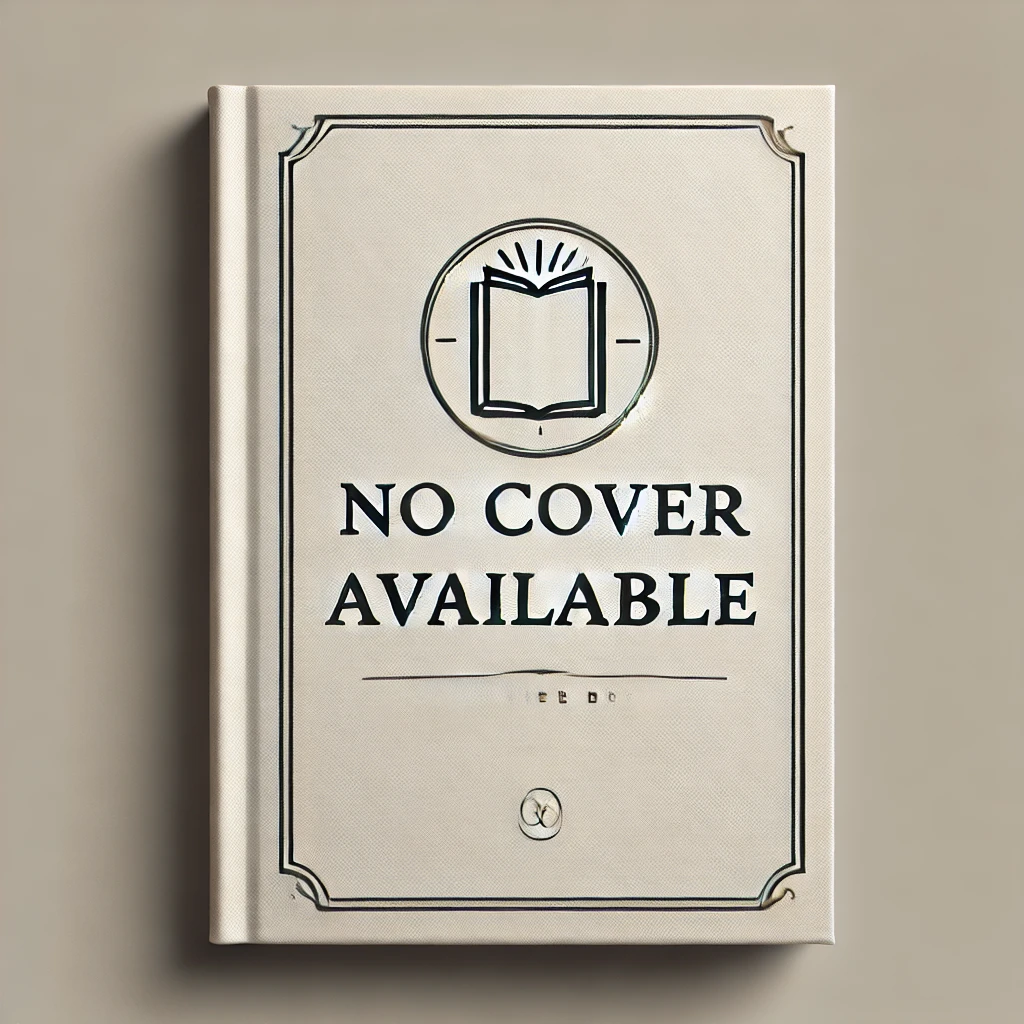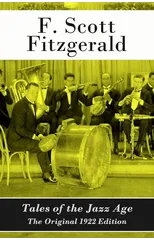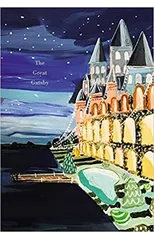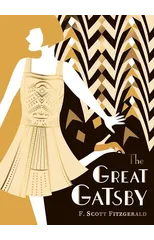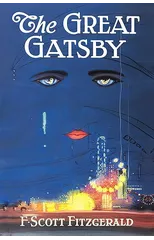How to Live on Practically Nothing a Year
(Author) F. Scott Fitzgerald"When your eyes first fall upon the Mediterranean you know at once why it was here that man first stood erect and stretched out his arms toward the sun. It is a blue sea..." -F. Scott Fitzgerald, How to Live on Practically Nothing a Year (1924) How to Live on Practically Nothing a Year (1924) by F. Scott Fitzgerald is a follow-up essay to How to Live on $36,000 a Year, that chronicles Fitzgerald's attempt to provide wife Zelda with the wealthy lifestyle she loved. After spending the author's salary to the point of debt, the couple is told living abroad is less expensive, so they move to the French Riviera. Despite their desire to live simply, the two are swept up by the social life of expatriates and doomed to further financial ruin. This cleverly crafted insight into the lavishness and excess of the era is a must-read for all who want to know more about the life of Fitzgerald.
F. Scott Fitzgerald
F. Scott Fitzgerald was an American novelist and short story writer known for his portrayal of the Jazz Age in American literature. His most notable works include "The Great Gatsby," "Tender is the Night," and "This Side of Paradise."
Fitzgerald's writing style is characterized by his use of lyrical prose and exploration of the themes of wealth, class, and the American Dream. He is considered one of the greatest American writers of the 20th century and his works continue to be studied and celebrated for their insight into the social and cultural dynamics of his time.
"The Great Gatsby" is Fitzgerald's most famous work and is widely regarded as a masterpiece of American literature. The novel explores the themes of love, wealth, and the pursuit of the American Dream, and has had a lasting impact on the literary genre of the novel. Fitzgerald's contributions to literature include his exploration of the complexities of human relationships and his keen observations of American society during the 1920s.
